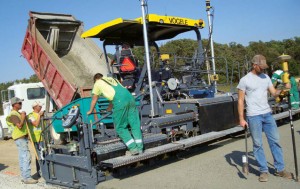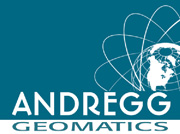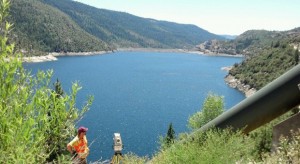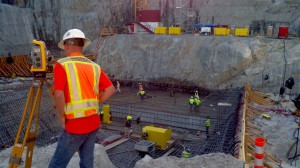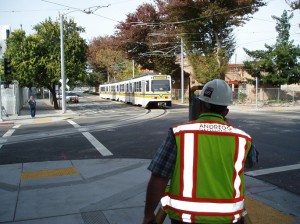Industry Update: Heavy Construction With Digital Design Files and Machine Control
I thought we could take a break from our discussion about standards for heavy construction with digital design files in this article and talk about recent coverage on the same issue in some other professional publications. I’d like to share highlights from two articles that touch on the topic of digital data for heavy construction projects. The first was featured in LiDAR Magazine. It was entitled “3D Engineered Models – From Projects to Companies, and Companies to Industry”.
The article begins with an interesting summary of the data silo most civil engineering work currently sits in. It said: “Traditionally, design data created by the civil engineers has been somewhat isolated and fragmented from the rest of the project team. What they created very often would not move across to contractors, nor was it intended to do so. Contractors were expected to create their own set of information separate from the engineer, and there was no easy way to close this gap – one that could enable the rich design information to cross over to the construction phase, let alone address the legal framework by which it could happen.”
Although cold hard cash is mentioned in this part of the article, it is clear from the statements that money is being wasted here. When does that waste occur? This waste occurs when the contractor recreates digital products from hard copy design documents when the engineer already has a digital file sitting on his or her workstation computer.
The article continues by listing the benefits that using a 3D model (as part of a BIM/CIM) can bring to the construction project. The benefits listed in the article include:
- Communication of design intent during planning, zoning, and public involvement meetings.
- Helping project stakeholders understand the scope and intent of the project.
- Allowing project stakeholders to visually explore the engineer’s designs before construction.
- Allowing detection of errors where they are less costly to fix using constructability analysis.
- Reducing requests-for-information/change orders.
- Allowing the calculations of cut/fill volumes.
- Visualizing a project’s environmental impacts.
- Assisting in the scheduling of heavy construction.
- Assisting in the determination of sequencing for lane closures, utility outages, trade sequencing, equipment scheduling, and material delivery/management.
The article also lists savings the contractor can realize from a 3D model. These savings include:
- Time saved by reduced wait time for construction staking and construction layout services performed by the land surveyor.
- Reduced effort by the contractor in the field and office.
- More efficient operations resulting in reduced material use and equipment use.
- Reduces the need for interpretation or interpolation of data shown on the construction plans.
- Reduces the amount of rework.
The second article was featured in Topcon’s InPosition Magazine. The article was entitled “Stakeless, Stringless – Top to Bottom”. It described the construction of a 6 mile long 4-lane highway in Northeast Arkansas by Weaver-Bailey Contractors. As part of the project Weaver-Bailey needed to:
- Remove a 4 inch thick layer of top soil.
- Install a 6 inch thick stone base layer.
- Install a 1 inch thick asphalt layer to prevent cracking.
- Install a 10 inch thick layer of concrete paving.
The contract had heavy equipment outfitted with a RTK GPS and laser level machine control system. This allowed for fine grading of the subgrade layers without survey stakes. The same system was used on the paving machine that laid the 10 inch thick concrete layer. The machine control system for the concrete paving could make fine adjustments to the paver movements and achieved paving tolerances of 1/4”.
The entire project was constructed without traditional surveying stakes or string lines to control finish grad paving.

